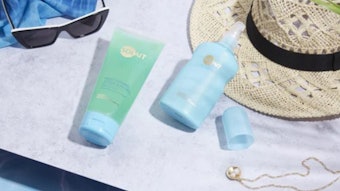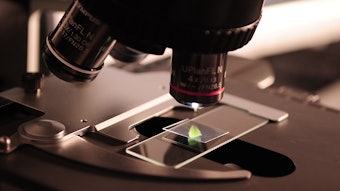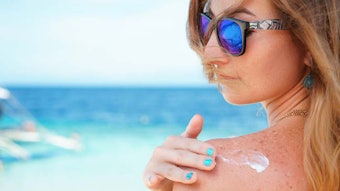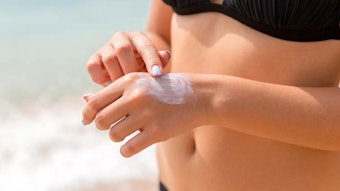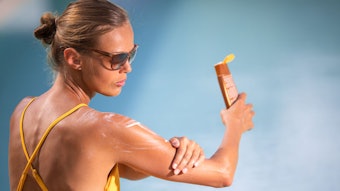
What works for one person may not work for others. Take sunscreens, for example. We know the general damage that UV can inflict on skin; but it does so differently based not only on biology, but region and environment.
Marcelo de Paula Corrêa, of the Institute of Natural Resources of the Federal University of Itajubá, explores this concept in a short commentary, below. He will also present on this topic on Sept. 19, 2018, during in-cosmetics Latin America.
UV Effects
It is well-known that excessive exposure to ultraviolet solar radiation (UV-R) causes skin disorders—among which are sunburn, premature aging and non-melanoma skin cancers (NMSC). On the other hand, exposure to this type of radiation can offer benefits. Furthermore, vitamin D synthesis and the prevention of illnesses such as osteoporosis, diabetes type 1, some types of cancer and autoimmune diseases also are related to UV-R exposure.
In face of the antagonistic effects provided by sun exposure, one of the main controversies is related to the time required for the beneficial effects to occur without health damage—that is, for the synthesis of a significant amount of vitamin D without damage to the skin.
Elevated Conditions
Typically, recommendations for sunscreens in Brazil and in South America are made based on UV-R studies and readings taken in the northern hemisphere; mainly in the United States and Europe. However, most of the Brazilian territory is located in the tropical and subtropical regions of the southern hemisphere, where solar radiation levels are elevated and ozone concentrations are naturally smaller.
Add to this the fact that 85% of Brazilian inhabitants live in polluted, urban areas. Most are in or near coastal areas, where relative humidity and air temperature also are high for most of the year.
New approaches to mitigating UV-R in countries where solar radiation levels are high all year around [are important].
In relation, recent studies have linked atmospheric pollution to skin disorders. Ozone, polycyclic aromatic hydrocarbons and particulate matter, especially, can cause premature aging in skin by degrading collagen and elastin, and initiating oxidative stress; episodes of urticaria, eczema and contact dermatitis also are related to exposure to these pollutants.
New Approaches Needed
During the in-cosmetics seminar, I will explain our recent research on UV-R and photoprotection, which was carried out in Brazil and Europe. The results corroborate the importance of new approaches to mitigating UV-R related human health disorders in countries where solar radiation levels are high all year around.


